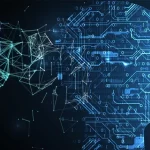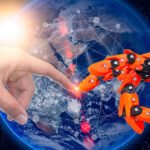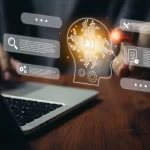AI for Climate Change and Sustainability
Climate Modeling and Prediction: AI techniques, such as machine learning, can be used to analyze large datasets and improve climate models. By processing historical climate data, AI algorithms can help researchers understand patterns, identify trends, and make more accurate predictions about future climate conditions. This information is crucial for developing effective mitigation and adaptation strategies.
Energy Optimization: AI can optimize energy consumption and improve energy efficiency in various sectors. Machine learning algorithms can analyze energy usage patterns, identify areas of wastage, and suggest optimization strategies to reduce energy consumption. This can be applied to smart grids, building management systems, and industrial processes to achieve energy savings.
Renewable Energy Integration: AI can facilitate the integration of renewable energy sources, such as solar and wind, into existing energy grids. AI algorithms can analyze weather patterns, electricity demand, and grid conditions to optimize the generation, storage, and distribution of renewable energy. This helps maximize the use of clean energy and minimize reliance on fossil fuels. Precision Agriculture: AI can enhance sustainable agricultural practices by optimizing resource utilization and improving crop management.
Machine learning algorithms can process data from sensors, satellites, and drones to provide insights on soil conditions, irrigation needs, pest detection, and crop health. This enables farmers to reduce water usage, minimize pesticide application, and increase crop yields sustainably.
Environmental Monitoring and Conservation: AI can aid in monitoring and protecting the environment. Image recognition algorithms can analyze satellite imagery and identify deforestation, land-use changes, or illegal activities such as poaching. AI can also be used for wildlife tracking, biodiversity assessment, and real-time monitoring of air and water quality, helping to detect and respond to environmental threats more effectively.
Sustainable Transportation: AI can contribute to sustainable transportation by optimizing traffic flow, reducing congestion, and improving energy efficiency. Intelligent transportation systems can use AI algorithms to analyze traffic patterns, predict demand, and optimize routing for public transportation. AI can also support the development of autonomous and electric vehicles, which have the potential to reduce greenhouse gas emissions from the transportation sector.
These are just a few examples of how AI can be applied to address climate change and promote sustainability. The integration of AI technologies with domain expertise and policy frameworks can help tackle environmental challenges more effectively.


































